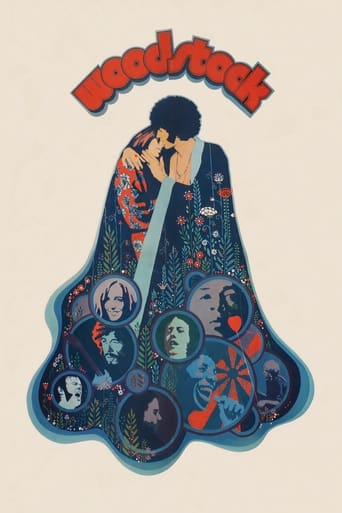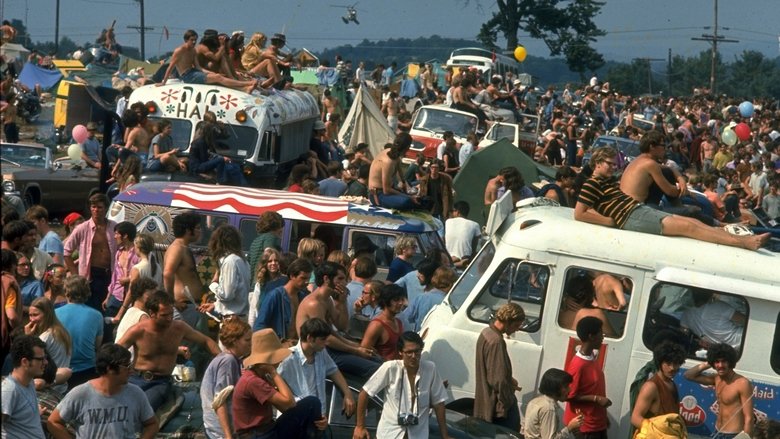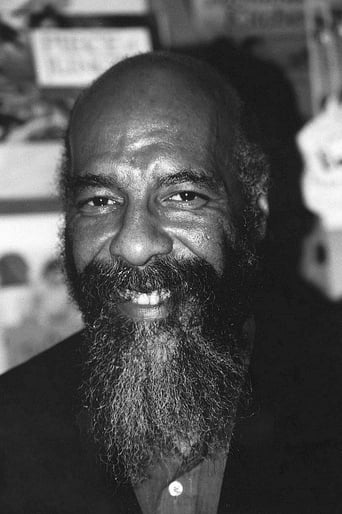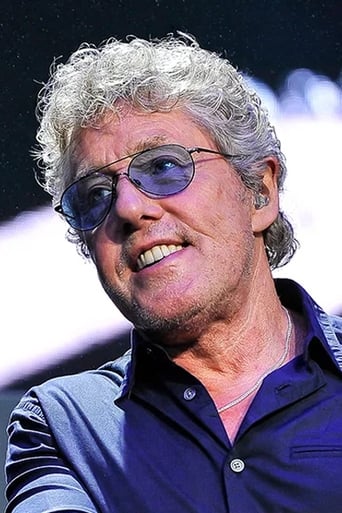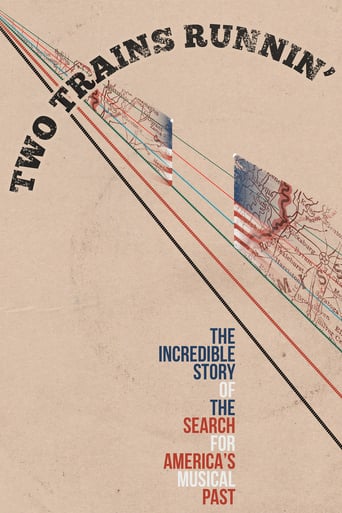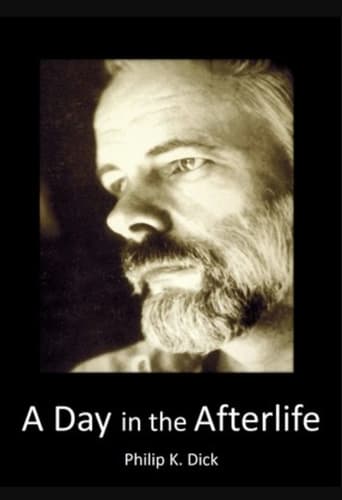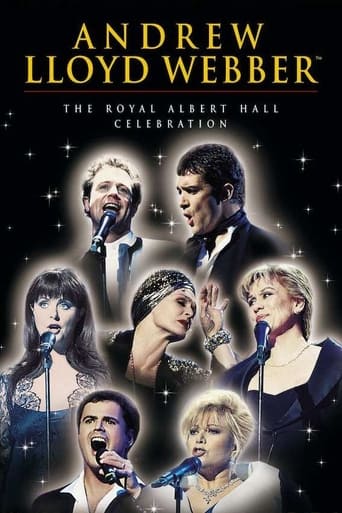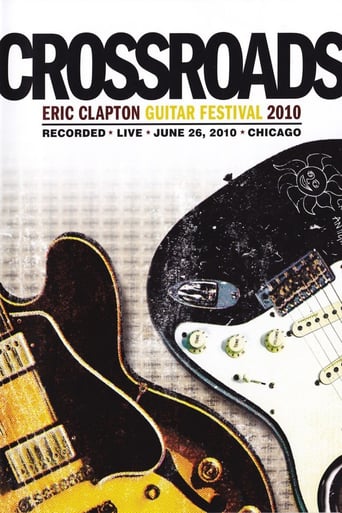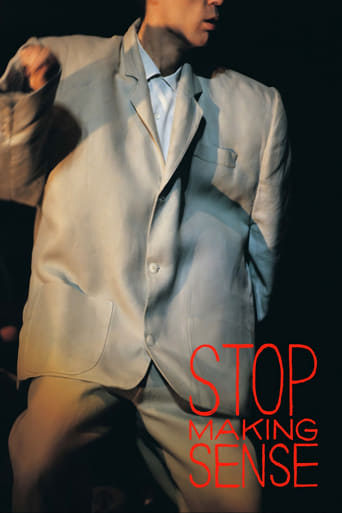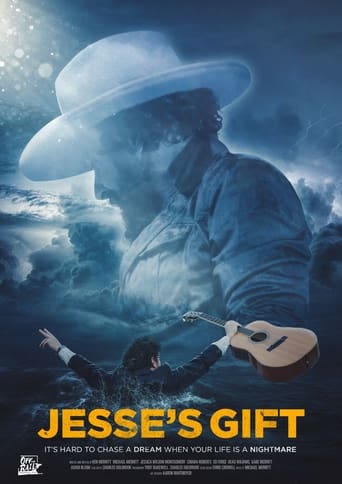Woodstock (1970)
An intimate look at the Woodstock Music & Art Festival held in Bethel, NY in 1969, from preparation through cleanup, with historic access to insiders, blistering concert footage, and portraits of the concertgoers; negative and positive aspects are shown, from drug use by performers to naked fans sliding in the mud, from the collapse of the fences by the unexpected hordes to the surreal arrival of National Guard helicopters with food and medical assistance for the impromptu city of 500,000.
Watch Trailer
Cast



Similar titles
Reviews
You won't be disappointed!
Simply A Masterpiece
Pretty Good
There are moments in this movie where the great movie it could've been peek out... They're fleeting, here, but they're worth savoring, and they happen often enough to make it worth your while.
Documentaries about musical events do not really lend themselves to a review. However Woodstock was just as much a social event as a concert. For several days the fields changed into a temporary city. It is interesting to see how Michael Wadleigh displays and interprets the attitude of the crowd. He interviews the visitors, and asks them about their motives to be there. Most of them are barely grown people. Many simply follow the flow, but for others the festival is an opportunity to increase their wisdom of life. They arrive as groups and communes, and try to learn from each others experiences. There are spiritual meetings. There is recreation and fun, like the mud slides in the rain. But there are also social experiments, like nude swimming and even public drug (ab)use. They blow to make other people interesting. They may have read about the evils of drugs, and gave up reading. The cast of singers and song groups looks impressive. But to be fair, I did not like their music then, and in the film it looks truly poor and miserable. In many cases the appearance consists of screaming and physical convulsions. Today such a performance would not attract such an enormous crowd. It takes the drummers a minute to notice that their band has stopped playing. Joke: what is the difference between an electric guitar and a chainsaw? The grip. Probably it makes more sense to interpret the festival as a demonstration against war and violence. America was in the grip of the civil rights movement. Several charismatic leaders had been murdered. And most of all, there was the appalling war in Vietnam, which threatened the future of the male youth. On stage Joan Baez tells about the objection to military service of her boyfriend. If your life expectancy is just a few years, there is some cause for screaming and wild social experiments. The right to bear arms is slightly less ludicrous than the right to arm bears. By the way, why do soldier look so tired on 1 April? Because they just had a 31-day March. Actually Woodstock was a sad event. And Wadleigh must get the credit for managing to convey this message - which is a recommendation. Don't hesitate to leave a comment. I love it.
Superb capturing of a seminal moment in musical and cultural history.A documentary on the Woodstock festival of 1969. Shows not only the music but every other aspect too: the organising, the financial implications, the effect on fans and locals and the chronology of events within the festival.Based on the music alone, this is a fantastic film: Richie Havens, Joan Baez, The Who, Sha-Na-Na, Joe Cocker (in the performance that would launch his career), Country Joe and the Fish, Crosby Stills and Nash, Ten Years After, John Sebastian, Santana, Sly and the Family Stone and Jimi Hendrix (a performance which included his famous rendition of The Star Spangled Banner).Despite the reasonable primitive conditions and often inhospitable weather, the sound and video footage is great. However, the thing that elevates this movie above the average concert movie is the footage of how things transpired and what happened behind the scenes. It is thanks to this that you get to understand the enormity and importance of the event. It also helps you understand the idealism, benevolent intentions and harmony of the concert goers and of that generation.
I was too young for Woodstock, but I heard of it spoken in reverent tones over the years. I also heard great things about Michael Wadleigh's 1970 documentary-concert. Despite this, I put off seeing the film. Maybe because I thought it was going to be some roll-your-eyes groovy experience, man. I don't know, but I didn't get around to viewing it until the late 90s and I was blown away. I've seen it three or four more times since then and it always has the same awe-inspiring effect.The concert took place over 3.5 days in mid-August, 1969, at the height of the Vietnam fiasco and the counterculture movement. Twice as many people attended than expected and it was the biggest gathering of people in one place in history, about 400,000, only beat by the infamous Isle of Wight concert in England a year later.The film shows the good and bad of the hippie culture. Generally speaking, the movement was a reaction against the Vietnam war and the sterile legalism that America and similar countries had devolved into by the early-mid 60s. The youth wanted freedom, peace and love and you can see this in the movie. It was a good thing. Yet you can also see the bad -- like the bad acid situation ("Hey, it's your trip, man..."). Both Janis Joplin and Jimi Hendrix appear at Woodstock, and they're great, but they'll be dead in a little over a year, both only 27 years-old. Jim Morrison and the Doors didn't play because they declined at the last moment and later regretted it. Jim died shortly after the other two, also only 27. Interestingly, Jethro Tull declined because Ian Anderson didn't like hippies and was concerned about things like inappropriate nudity (?!).But I don't mean to put a downer on Woodstock because it was an amazing event, never to be repeated. They tried to repeat it at Altamont Speedway in California, less than four months after Woodstock, and also at Isle of Wight, but both festivals turned out badly and put the the kibosh on the movement's noble ideals, even though it was pretty much inevitable since freedom without wise parameters naturally devolves into chaos and self-destruction.Regardless, as a snapshot in time, "Woodstock" is fascinating and supremely entertaining. Half of the appeal is the incredible magnitude of the event itself and the footage of the people -- the hippies who came and the adults who lived there and tried to help or, in a couple cases, complained. This includes the fun and sometimes outrageous escapades of the festival. A good example would be the skinny dipping or, in many cases, semi-skinny dipping. Although this may have been a cool experiment at the event it never caught-on in the culture at large. Why? Probably because few people want to see someone else's Captain Winky and, unless a female has the body of a starlet, who wants to see it? (lol).But what can explain the mass appeal of Woodstock? What made the hippies come out en masse? Was it just the music? The filmmakers ask this very question of a guy at the festival who looks about 16-17 years old. He says it wasn't just the music, at least not for him. The hippies crawled out of the woodwork, so to speak, like zombies seeking some kind of solace, a sense of community, a reason to... live. And Woodstock met that need. The other half of the appeal is, of course, the performances and music. What's amazing is how diversified the styles of music were and how non-heavy. Don't get me wrong, many of the performances are seriously energetic, but they're light compared to what rock/metal evolved into in the 70s to the present. There was acoustic folk, Caribbean, blues, rock, gospel, pop, 50s, Latin rock, jazz fusion and psychedelic rock. Some of it I like and some of it I don't much care for, but they're all entertaining in one way or another. Since I'm into metal, my favorites are Santana, The Who and Jimi Hendrix, but I also enjoy a lot of the lighter stuff, like Joan Baez ("Swing Low Sweet Chariot") and Arlo Guthrie ("Coming into Los Angeles"). And then there are the acts that come out of left field, like Sly and the Family Stone and Sha Na Na, even Ritchie Havens.What's amazing is how brief the classic hippie era was. It started around '65 and its apex was Woodstock in August '69, a mere four years later. From there it was all downhill with Altamont, Isle of Wight and the deaths of the movement's principal musical icons. As such, it only lasted some eight years.Thankfully, we have this film to see the good aspects of the period -- some bad, some eye-rolling -- but mostly good, and definitely entertaining.The film was shot in White Lake, New York, and runs 184 minutes while the 1994 Director's Cut runs 225 minutes. I've only seen the latter.GRADE: A
The Woodstock 1969 film is a 10!I would like to know who the hippie woman is who said she was intimidated by the Mic she was being interviewed with in the Woodstock 1969 film?The interview was right before Santana came on in the film. I subtract 2 points from the rating because the people who were interviewed were not credited. Since these people were in the most famous documentary of all time it would of been reasonable for them to be in the credits. This movie caused me to take interest in the history of the hippie movement. So I came up with 8 out of 10 for the rating of Woodstock 1969. I believe this is the best movie of all time. This movie will make you feel like you are back in 1969.

